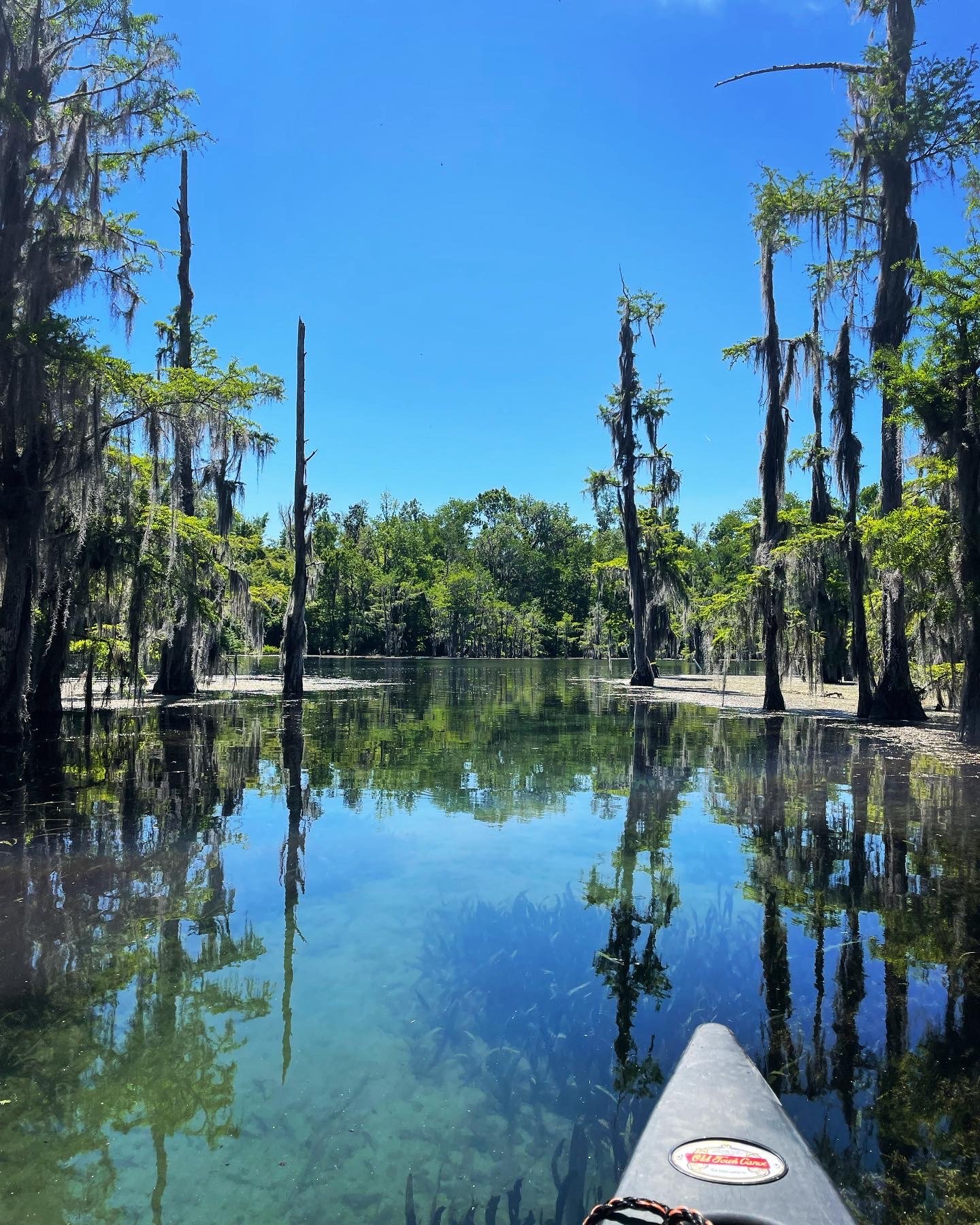
research interests
Research interests
Amphibians and reptiles are facing a worldwide decline every single day. Using genetic techniques for my Master’s thesis, I am investigating the use of environmental DNA (eDNA) as a conservation tool to detect and monitor the endangered Georgia Blind Cave Salamander, Eurycea wallacei, in understudied karst environments of the Floridan Aquifer System.
Environmental dna
Environmental DNA (eDNA) is any free-floating DNA escaped from the body of an organism. DNA can seep into the environment through feces, urine, skin shed, hair follicles, and many other avenues.
amphibian development
Amphibians exhibit a wide array of development strategies, from pedomorphosis to metamorphosis. I am interested in using clearing+staining techniques to categorize developmental features in embryonic and young Three-toed Amphiumas (Amphiuma tridactylum).
passive vs. active techniques
A large component to planning any conservation plan for a species is how exactly we’re going to do it in a cost/time-efficient manner. My goal is to create a cheaper, more efficient alternative to elusive species detection by using environmental DNA.
Museum Studies
An important step in keeping a library of the diversity nature has to offer is by safely preserving specimens used for scientific research.
Metazoan diversity
One use of eDNA is to categorize the diversity of a given system. Using this technique, I will take a metazoan approach to determine a baseline of the current species present in these dangerous cave systems.
Education and Outreach
What is the point of doing science if we don’t share our findings with the world? I am a firm believer in public outreach, education, and mentorship of all ages, backgrounds, and opinions. Science communication (SCICOMM) is a vital part of our job as scientists.